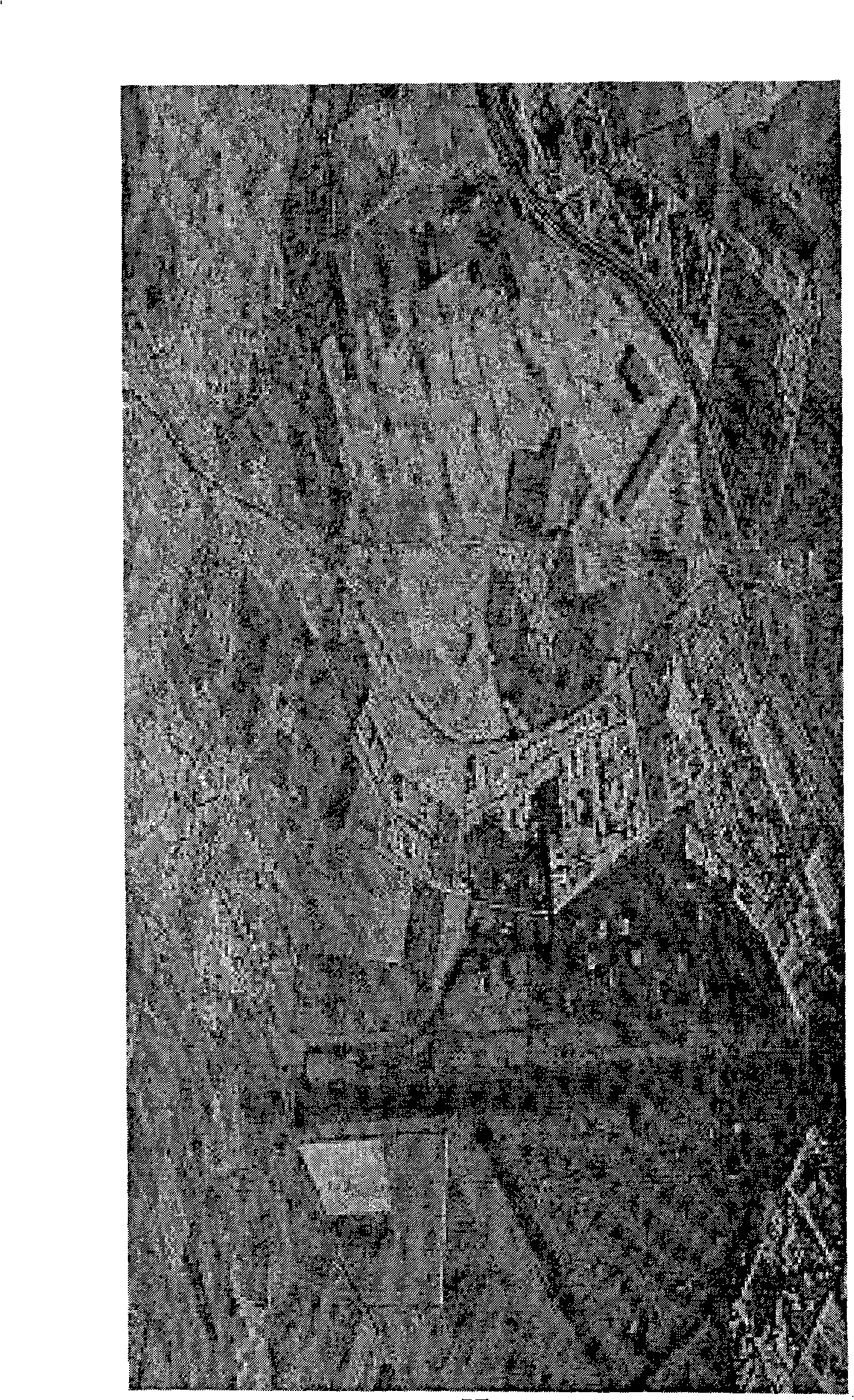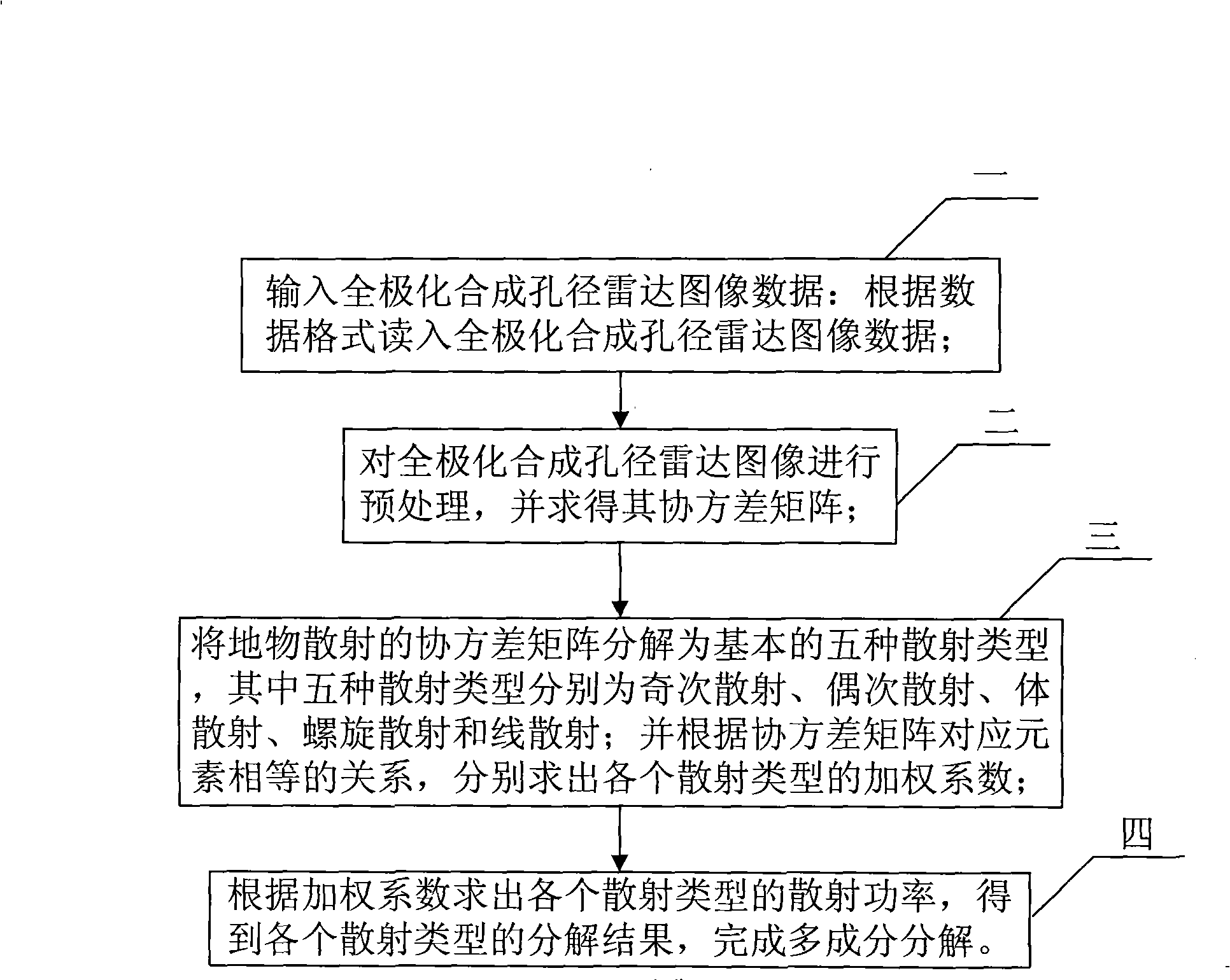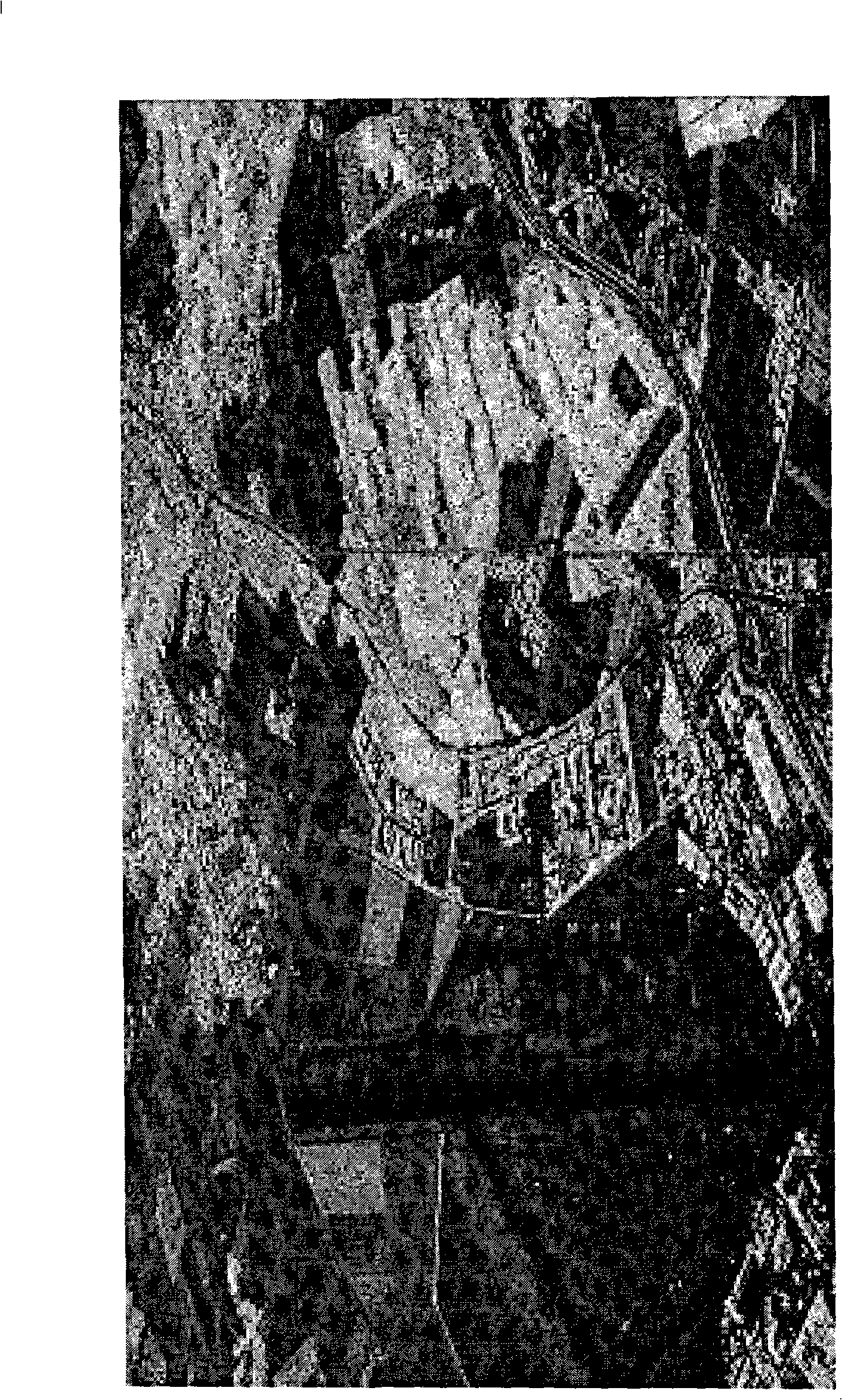Multi-component decomposition method used for polarization synthetic aperture radar image
A synthetic aperture radar, multi-component technology, applied in the direction of utilizing re-radiation, reflection/re-radiation of radio waves, measuring devices, etc., can solve the problem of not fully considering basic scattering types, etc.
- Summary
- Abstract
- Description
- Claims
- Application Information
AI Technical Summary
Problems solved by technology
Method used
Image
Examples
specific Embodiment approach 1
[0023] Specific implementation mode one: combine figure 2 Describe this embodiment, the steps of this embodiment are as follows:
[0024] Step 1: Input the full polarization SAR image data: read in the full polarization SAR image data according to the data format;
[0025] Step 2: preprocessing the full polarization SAR image, and obtaining its covariance matrix;
[0026] Step 3: Decompose the covariance matrix of ground object scattering into five basic types of scattering, among which the five types of scattering are odd scattering, even scattering, volume scattering, helical scattering and line scattering; and correspond to The relationship between the elements is equal, and the weighting coefficients of each scattering type are calculated separately;
[0027] Step 4: Calculate the scattering power of each scattering type according to the weighting coefficient, obtain the decomposition results of each scattering type, and complete the multi-component decomposition.
specific Embodiment approach 2
[0028] Specific embodiment 2: The difference between this embodiment and specific embodiment 1 is that in step 3, ground object scattering is subdivided into five basic scattering types, which is achieved by dividing odd scattering, even scattering, volume scattering, helical scattering and line scattering As a model built for the basic scattering types, this model decomposes the covariance matrix into a weighted sum of these five basic scattering types, namely
[0029] [C]=f s [C s ]+f d [C d ]+f v [C v ]+f h [C h ]+f w [C w ] (1)
[0030] Among them, f s , f d , f v , f h and f w represent the weighting coefficients of each scattering type, [C s ], [C d ], [C v ], [C h ] and [C w ] represents the basic covariance matrix of each scattering type, where [C h ] and [C w ] are added according to the asymmetry of the artificial target in the polarized image.
[0031] The scattering covariance matrix [C] of polarimetric SAR is defined as
[0032] ...
specific Embodiment approach 3
[0058] Embodiment 3: The difference between this embodiment and Embodiment 2 is that the odd scattering is mainly composed of single scattering, triple scattering and first-order Bragg scattering, and the scattering matrix is
[0059] [ S s ] = β 0 0 1 , Re ( β ) > 0 - - - ( 8 )
[0060] Here β is the ratio of HH backscattering to VV backscattering. In the case of first-order Bragg, β can be expressed as
[0061] β = R h R v ...
PUM
 Login to View More
Login to View More Abstract
Description
Claims
Application Information
 Login to View More
Login to View More - R&D
- Intellectual Property
- Life Sciences
- Materials
- Tech Scout
- Unparalleled Data Quality
- Higher Quality Content
- 60% Fewer Hallucinations
Browse by: Latest US Patents, China's latest patents, Technical Efficacy Thesaurus, Application Domain, Technology Topic, Popular Technical Reports.
© 2025 PatSnap. All rights reserved.Legal|Privacy policy|Modern Slavery Act Transparency Statement|Sitemap|About US| Contact US: help@patsnap.com



